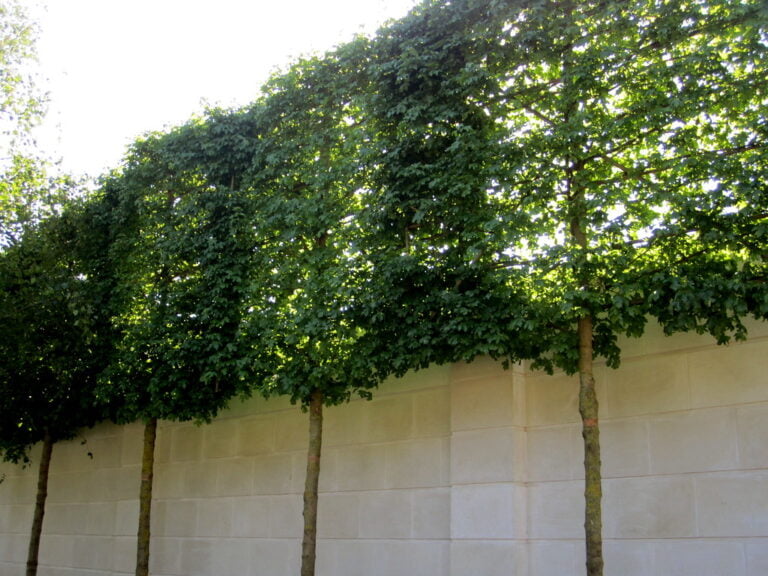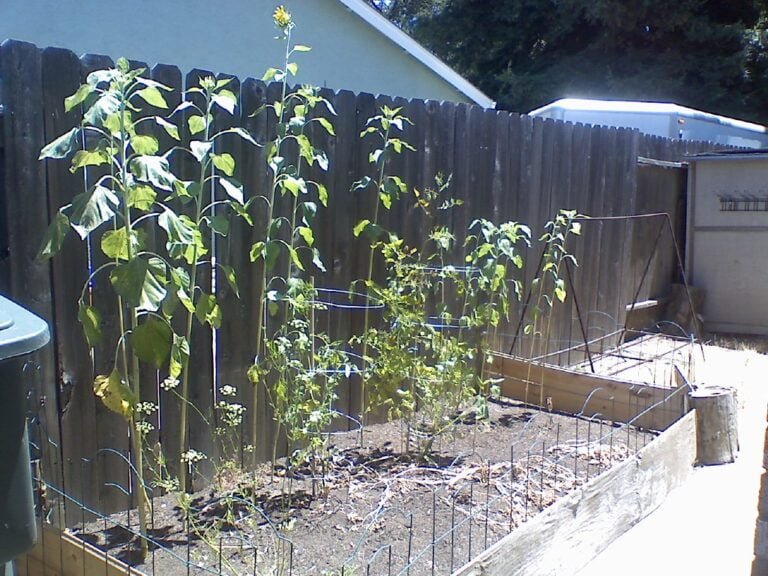Exploring Different Hardscaping Elements: From Patios to Driveways
Explore the diverse world of hardscaping elements, from inviting patios to sturdy driveways. Discover the range of materials and design options available for creating your perfect outdoor space. Whether you're seeking a peaceful retreat or a functional pathway, this article will guide you through the process, providing valuable insights and practical tips for enhancing your outdoor living experience.
Types of Patios
When choosing a patio for your outdoor space, consider the various types available to suit your needs and preferences. Concrete patios are durable and low maintenance, making them a practical choice. They can be customized with different textures and colors. For a more natural look, consider stone patios. They offer a rustic charm and blend well with the surrounding landscape. If you prefer a modern touch, paver patios are a great option. They come in various shapes and can create intricate designs. Wood patios bring warmth and a cozy feel to your outdoor area, perfect for creating a relaxing atmosphere. Ultimately, the type of patio you choose should reflect your style and complement your outdoor space, providing a welcoming and functional area for gatherings and relaxation.
Patio Materials
How can you choose the best patio materials for your outdoor space? When selecting patio materials, consider the style, durability, and maintenance requirements. For a classic look, opt for natural stone such as flagstone or slate, which offers timeless elegance but may require sealing to prevent staining. If you prefer a more modern aesthetic, concrete pavers come in various shapes, sizes, and colors, offering versatility and easy installation. Brick pavers provide a traditional charm and are durable, but they may need occasional sand replacement to maintain stability. Wood decking lends a warm, natural feel, but it requires regular upkeep to prevent rot and weathering. Whatever material you choose, ensure it complements your home's architecture and landscaping, creating a welcoming outdoor retreat for relaxation and entertainment.
Patio Design Ideas
To enhance your outdoor space, consider incorporating various patio design ideas that seamlessly blend with your selected patio materials. One popular design idea is creating distinct zones within your patio area, such as a dining space, a lounging area, and a cozy nook for quiet relaxation. Introducing vertical elements like pergolas or trellises can add visual interest and provide shade for hot summer days. Additionally, integrating built-in seating or a fire pit can make the patio a more inviting and functional space for entertaining guests. Incorporating decorative elements like potted plants, outdoor rugs, and string lights can add personality and charm to the patio. Lastly, consider incorporating a focal point, such as a water feature or a sculpture, to create a captivating centerpiece for your outdoor oasis.
Patio Installation Process
After finalizing your patio design ideas, the next step in the process is to start the patio installation. Begin by marking the area where the patio will be situated and clearing it of any debris. Next, excavate the soil to the required depth, ensuring proper slope for drainage. Following this, a base material such as gravel or crushed stone should be compacted to create a stable foundation. Once the base is in place, the installation of the chosen paving material can commence, whether it be concrete pavers, natural stone, or other options. Carefully lay each piece, ensuring proper spacing and alignment. Finally, finish the edges with restraint or edging material for a polished look. Taking these steps will result in a well-installed patio that provides a beautiful and functional outdoor space.
Benefits of Paved Walkways
When installing paved walkways, you will create a cohesive and functional outdoor space that seamlessly connects various areas of your property. These walkways not only enhance the aesthetic appeal of your landscape but also provide practical benefits. Paved walkways offer a stable and safe surface for walking, preventing slips and falls, especially in wet or uneven areas. They also define pathways, guiding visitors and preventing damage to your lawn and garden. Additionally, paved walkways require minimal maintenance compared to grass or dirt paths, saving you time and effort. They can also increase the value of your property by adding curb appeal and creating an inviting atmosphere. By incorporating paved walkways into your outdoor design, you can create a beautiful, organized, and accessible environment for yourself and your guests.
Walkway Materials
You can create paved walkways using a variety of materials, each offering unique aesthetics and practical benefits. Concrete is a versatile and cost-effective option, with the ability to be stamped or stained for a custom look. If you prefer a more natural appearance, consider using flagstone for a charming, rustic feel. Brick provides a classic and timeless look, while also being durable and low-maintenance. For a modern and sleek design, pavers offer a wide range of colors, shapes, and patterns to choose from. Gravel is a budget-friendly option that allows for good drainage and a casual, cottage-like ambiance. Whatever material you choose, ensure it complements the surrounding landscape and meets the practical needs of your walkway.
Walkway Design Options
A crucial aspect of walkway design is incorporating the right materials to ensure both aesthetic appeal and practical functionality. When considering walkway design options, it's important to think about the overall style you want to achieve. For a timeless and elegant look, consider using natural stone pavers in various shapes and sizes. If a more modern and sleek aesthetic is your goal, concrete pavers offer a clean and versatile option. Another design choice to ponder is the layout of the walkway. A straight path can create a formal and structured feel, while a curved walkway can add a sense of whimsy and flow. Additionally, integrating landscaping elements such as border plants or lighting can further enhance the visual appeal of your walkway.
Driveway Considerations
Choosing the right material for your driveway is essential for achieving both durability and aesthetic appeal. When considering materials, think about the climate in your area. For areas with harsh winters, concrete or asphalt may be the best options due to their ability to withstand freezing temperatures. Gravel driveways are a cost-effective choice, but they require regular maintenance to keep them looking tidy. If you prefer a more upscale look, brick or paver driveways offer a timeless and elegant appearance. Another crucial consideration is the slope of your driveway, as it can impact water drainage and traction. Lastly, think about the overall style of your home and choose a material that complements its architecture. By carefully considering these factors, you can select a driveway material that enhances both the functionality and visual appeal of your property.
Driveway Materials
Considering your specific needs and the climate in your area, selecting the right driveway material is crucial for durability and visual appeal. There are various options to choose from, each with its own advantages. Concrete driveways are low-maintenance and durable, making them suitable for all climates. They can be customized with various colors and textures to complement your home's exterior. Alternatively, asphalt driveways are cost-effective and ideal for colder climates, as they are less susceptible to cracking in freezing temperatures. For a more natural and rustic look, gravel driveways offer good drainage and are easy to install. However, they may require regular maintenance to keep the surface even. Ultimately, the best choice will depend on your budget, climate, and desired aesthetic.
Driveway Maintenance Tips
To maintain your driveway in good condition, regularly inspect and promptly repair any cracks or potholes. Cracks and potholes can worsen over time, leading to more extensive damage and costly repairs. Additionally, ensure proper drainage to prevent water from pooling on the driveway, as this can weaken the surface. Clean your driveway regularly to remove debris, oil stains, and other substances that can deteriorate the pavement. Sealing the driveway every few years can provide an extra layer of protection against the elements. When using de-icing agents in winter, opt for products that are safe for your specific driveway material to prevent corrosion. Lastly, be mindful of heavy machinery or vehicle traffic that may cause excessive wear and tear, and consider using protective mats or pavers in high-traffic areas.
Conclusion
After exploring different hardscaping elements such as patios, walkways, and driveways, it's clear that there are a variety of options to choose from when designing your outdoor space. Whether you prefer the classic look of a paved walkway or the flexibility of a patio, there are materials and designs to suit every style and budget. With the right choices, you can create a beautiful and functional outdoor space that adds value and enjoyment to your home.






